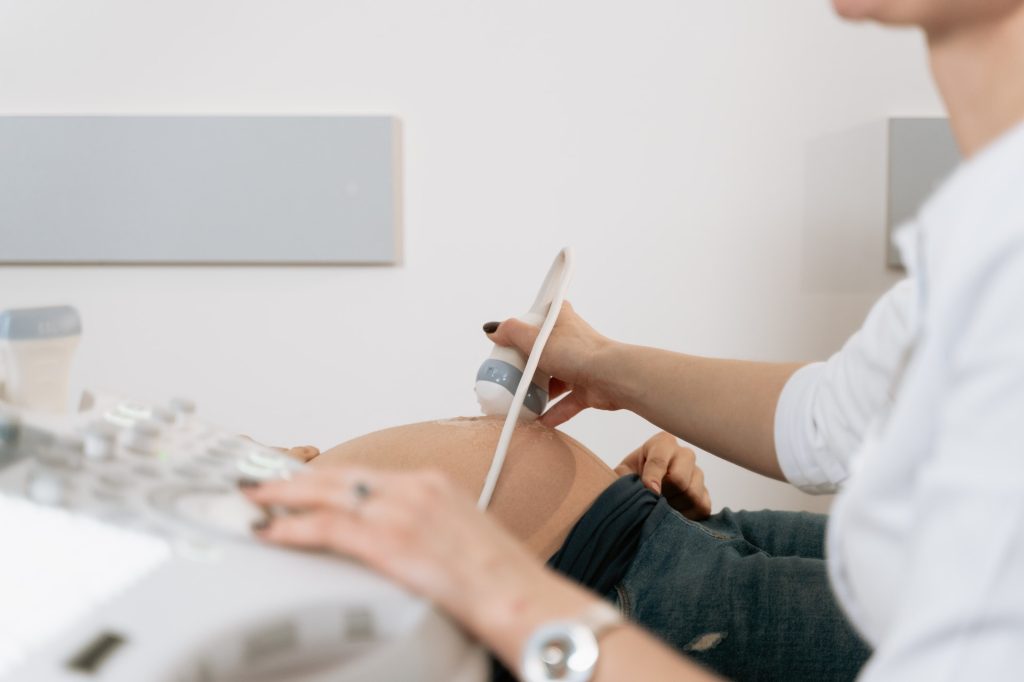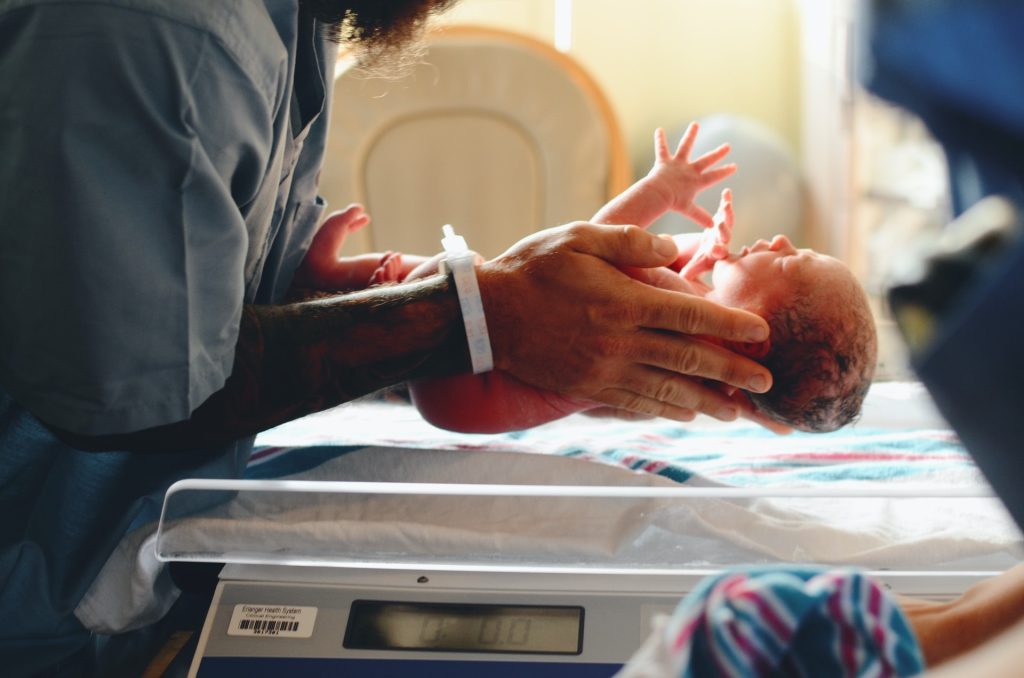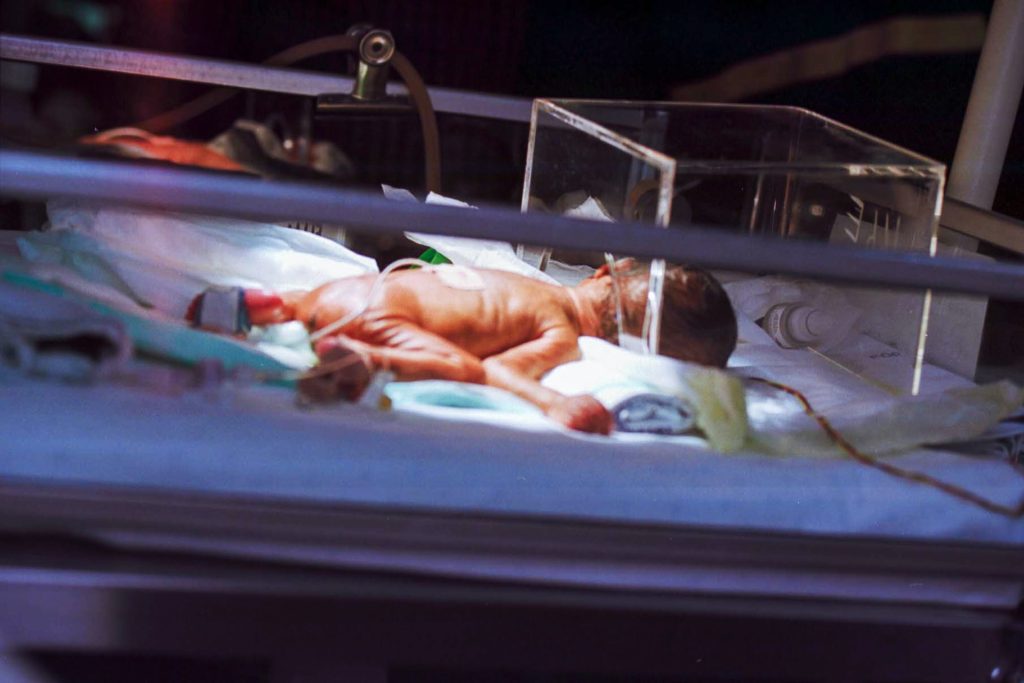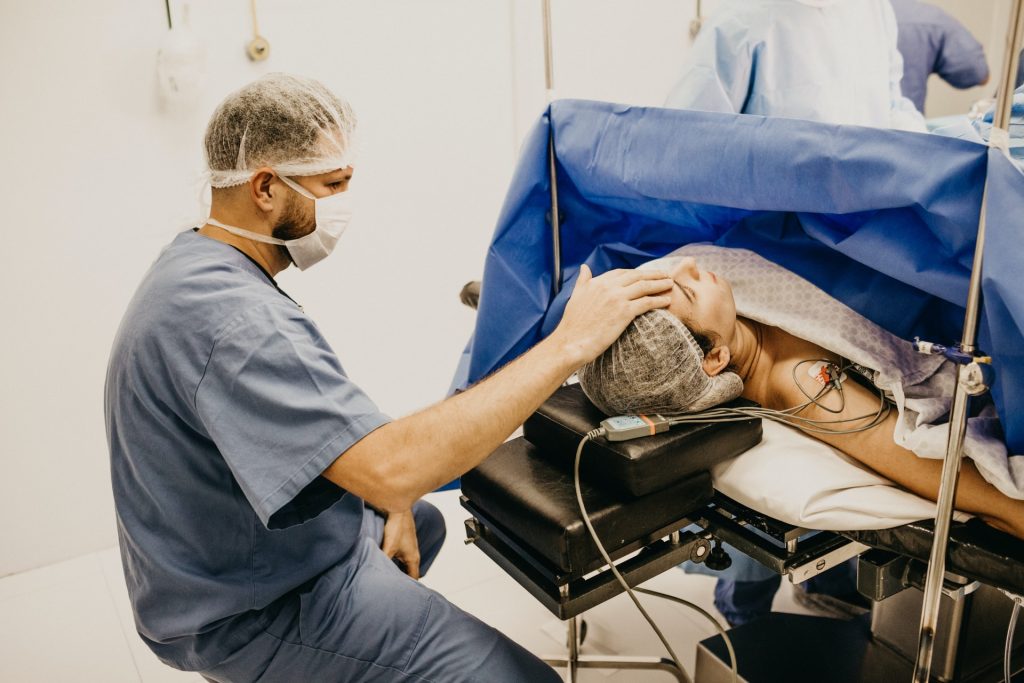The Importance of Vitamin D during First Trimester

Low vitamin D levels in the first trimester of pregnancy are associated with higher rates of preterm birth and decreased foetal length, according to a new study led by researchers in the Penn State Department of Nutritional Sciences. This research provides evidence that early pregnancy or even preconception may represent critical time points for intervening with women who have low vitamin D status, to optimise pregnancy outcomes.
Celeste Beck, who earned her doctorate in nutritional sciences from Penn State in 2023, and Alison Gernand, Beck’s doctoral adviser and associate professor of nutritional sciences at Penn State, led the study. Their results were recently published in The American Journal of Clinical Nutrition.
“More than 25% of women who are pregnant or lactating have lower than recommended levels of vitamin D,” Gernand said, explaining that prior research has demonstrated the effect of vitamin D on foetal skeletal growth, maternal immune function at the foetal interface, and the development of the placenta in pregnant women. “A lot of the development early in pregnancy requires vitamin D, so we conducted this study to better understand how early-pregnancy vitamin D status is related to pregnancy outcomes.”
Most prior studies on vitamin D status in pregnant women have measured vitamin D concentrations starting in the second trimester or later, the researchers said. The researchers said this study, to their knowledge, is the first to examine both first and second trimester maternal vitamin D status in relation to longitudinal foetal growth and pregnancy outcomes.
The researchers at Penn State partnered with colleagues at the University of Utah to test blood samples from 351 women collected as part of the Nulliparous Pregnancy Outcomes Study: Monitoring Mothers-to-Be, which was funded by the National Institute of Child Health and Human Development and recruited pregnant women across the United States between 2010 and 2013.
According to the Institute of Medicine, less than 50nmol/L represents an insufficiency of vitamin D. When the researchers compared outcomes for women with vitamin D insufficiency (less than 50nmol/L) to women with sufficient vitamin D (more than or equal to 50nmol/L), they found no statistical differences in pregnancy outcomes. However, when the researchers compared pregnancy outcomes across a wider range of vitamin D concentrations, they found that pregnant women with first trimester vitamin D concentrations lower than 40 nmol/L were four times more likely to experience a preterm birth compared to women with vitamin D concentrations more than or equal to 80nmol/L.
Despite the higher risk of preterm birth in women with low vitamin D status, the researchers cautioned that these results were based on a very low number of preterm births in this study and recommend that additional, larger studies be conducted.
The researchers also observed an association between first-trimester vitamin D concentrations and certain foetal growth patterns. Women with higher levels of vitamin D experienced a small but statistically significant increase in foetal length.
Source: Penn State






